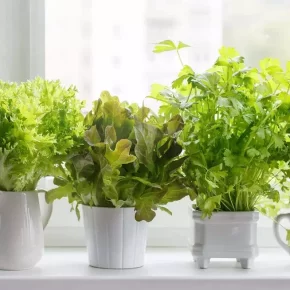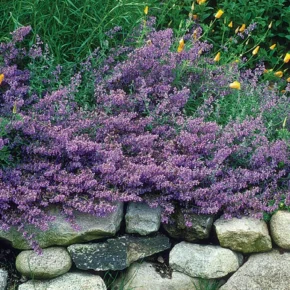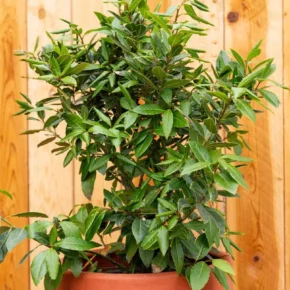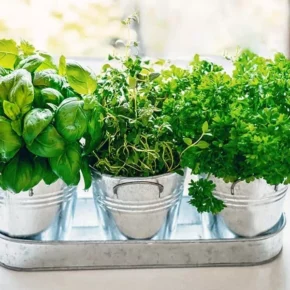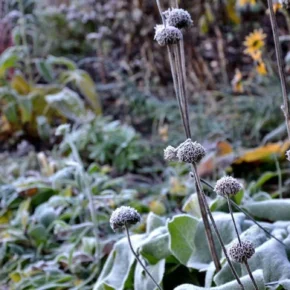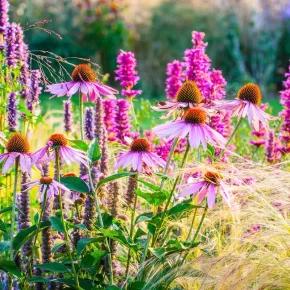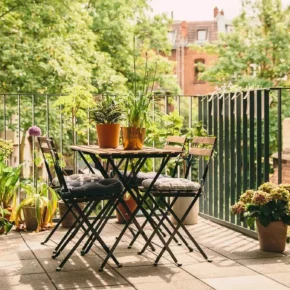Decorative shrubs can become a real decoration of your garden, adding colors, textures and volume to the landscape. They serve not only as an aesthetic element, but also as a practical part of the garden, creating cozy corners, protection from the wind and natural fences.
For beginners, it is important to understand the basics of shrub care, the selection of suitable species and places for planting in order to create a harmonious garden.
1. Selection of decorative shrubs
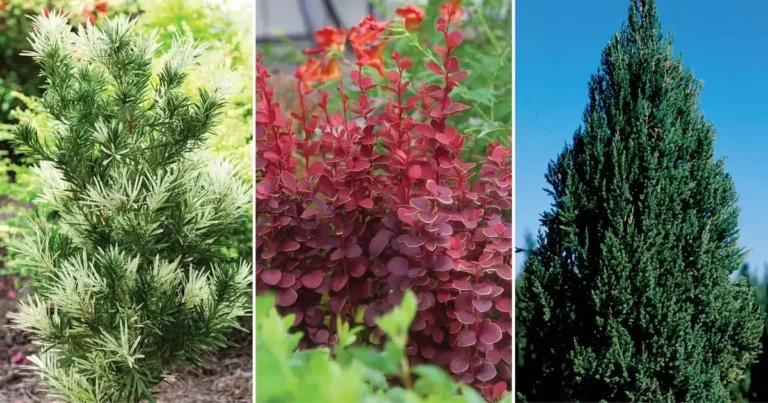
First, decide on the purpose of planting shrubs. Do you need them to create a natural fence, decorate certain areas of the garden, or to fill free space? Decorative shrubs are divided into several main types:
- Flowering shrubs : for example, spirea, forsythia, hydrangea. They add bright colors to the garden during flowering.
- Evergreen shrubs : such as thuja, boxwood, juniper, add structure to the garden and stay green throughout the year.
- Shrubs with decorative leaves : for example, barberry, elderberry, sod. They create an interesting accent thanks to the color or texture of the leaves.
Choose plants according to the climatic conditions of your region and take into account their needs for lighting and soil.
2. The right place for landing
Choosing the right place for planting shrubs is of great importance, since they grow in one place for many years:
- Sun and shade : Many shrubs, such as lavender or spirea, like sunny locations. Others, such as boxwood or hydrangea, can grow in the shade.
- Soil : Consider whether your soil is clay, sandy, or black soil. Shrubs need well-drained soil. If needed, add sand or compost to improve drainage and fertility.
- Wind protection : Young shrubs may need protection from strong winds, so planting near a fence or tall trees can be beneficial.
3. Planting shrubs

The process of planting decorative shrubs is quite simple, but requires preparation:
- Pit preparation : dig a pit twice as deep and wide as the root ball of the shrub.
- Improve the soil : Add compost or organic fertilizers to provide nutrients to the plant.
- Planting : place the shrub in a hole, spread the roots, cover it with earth and slightly compact the soil.
- Watering : After planting, water the plant liberally to help the roots establish.
4. Caring for ornamental shrubs
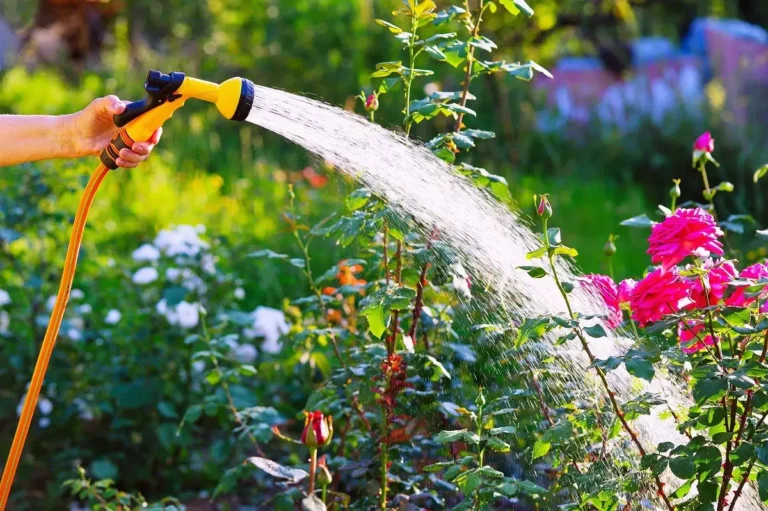
Regular care will ensure healthy growth and a beautiful appearance of your shrubs:
- Watering : young shrubs need regular watering, especially in hot weather. Established plants may require less watering.
- Mulching : Adding a layer of mulch around the roots will help retain moisture, reduce weed growth, and protect against temperature fluctuations.
- Fertilization : organic or mineral fertilizers can be applied in the spring to stimulate growth. Avoid fertilizing in the autumn period so that the plants do not start growing before the cold weather.
5. Trimming and shaping
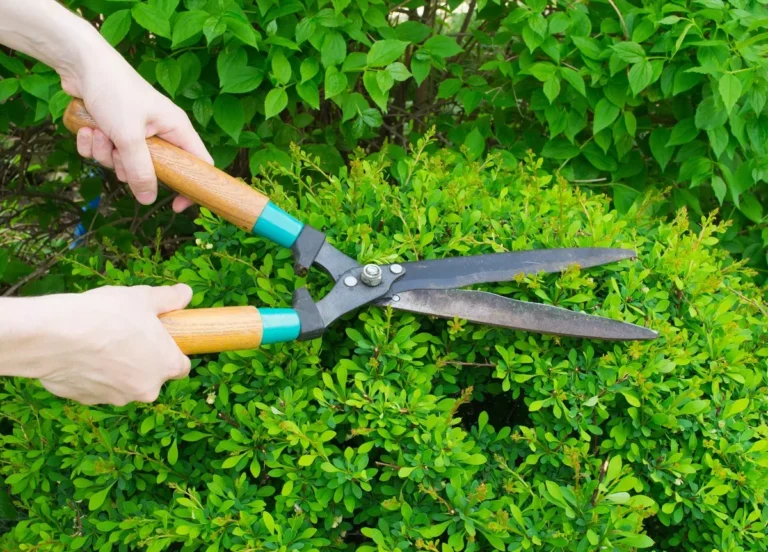
Pruning helps maintain the shape and stimulates the healthy growth of shrubs:
- Sanitary pruning : performed annually to remove dry, damaged or diseased branches.
- Formative pruning : required to form the desired shape, especially for hedges and shaped shrubs.
- Rejuvenating pruning : old shrubs can be rejuvenated by cutting back part of the branches almost to the base. This will help the plant to recover and grow new shoots.
6. Protection from pests and diseases

Shrubs can suffer from pests or diseases, especially in warm, humid weather. Importantly:
- Inspect plants regularly for insects or signs of disease.
- Use organic preparations or a soapy solution to control pests.
- Carry out preventive treatment against fungal diseases, especially in autumn and spring.
7. Winter care and preparation for cold weather

Some shrubs may need additional protection for the winter:
- Shelter : young plants can be covered with agrofiber or special materials to protect against frost.
- Mulching the roots : A layer of mulch or dry leaves around the base of the shrub will help protect the roots from severe frosts.
- Protection from snow : for large bushes, provide support so that the snow does not break the branches.
Growing ornamental shrubs can be a simple and exciting activity that will help turn your garden into a blooming oasis. Choose plants suitable for your climate and soil type, provide them with proper care, and they will delight you with their beauty for many years. By spending a little time on planning and maintenance, you will create the garden of your dreams with minimal effort.



